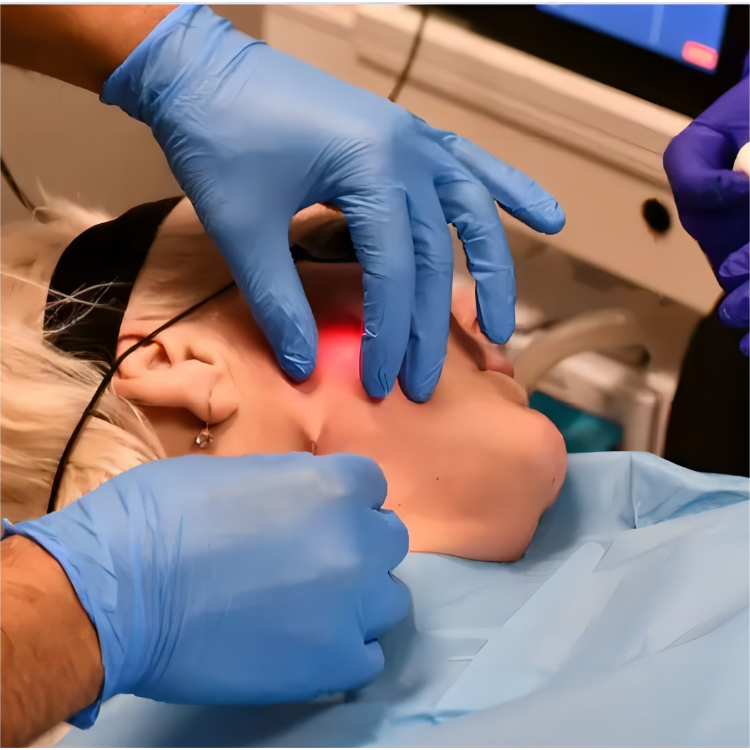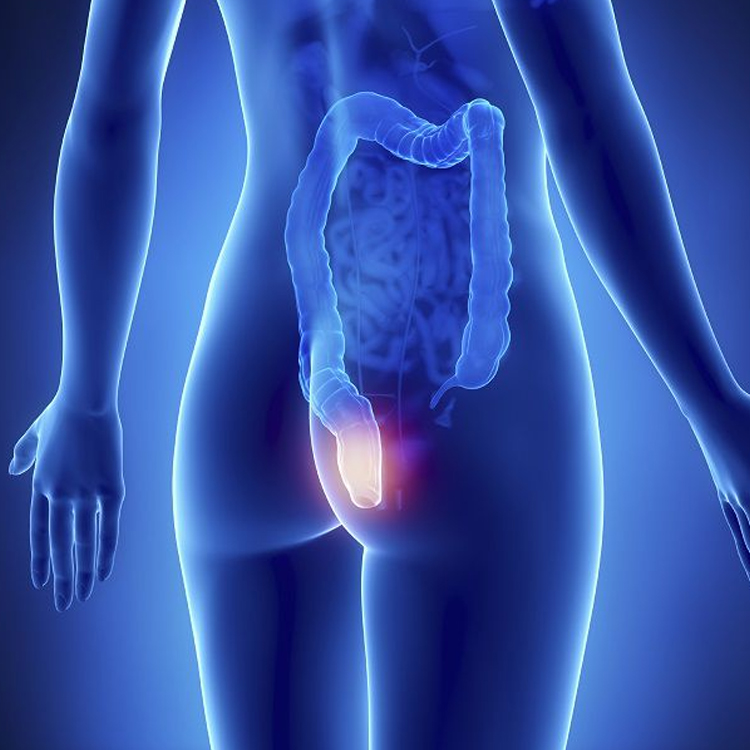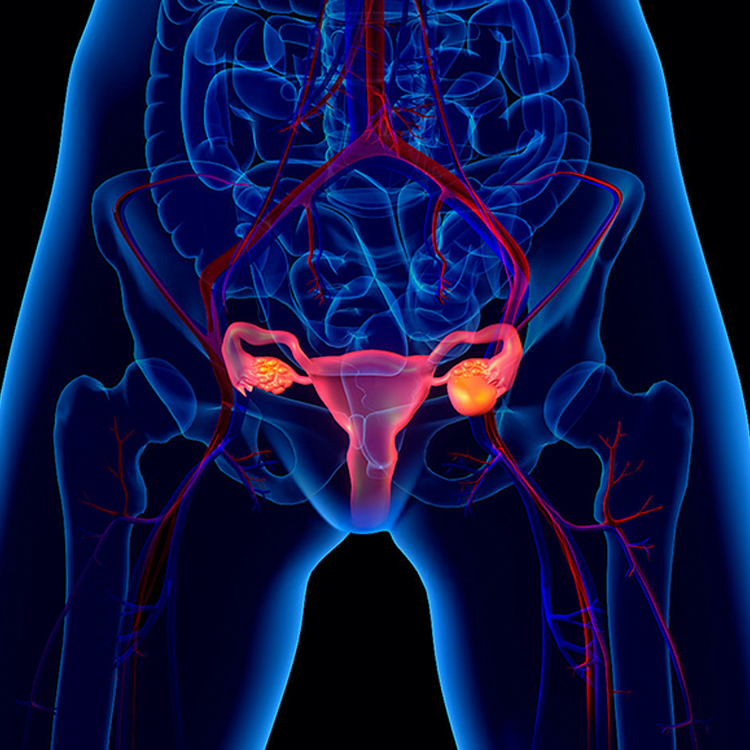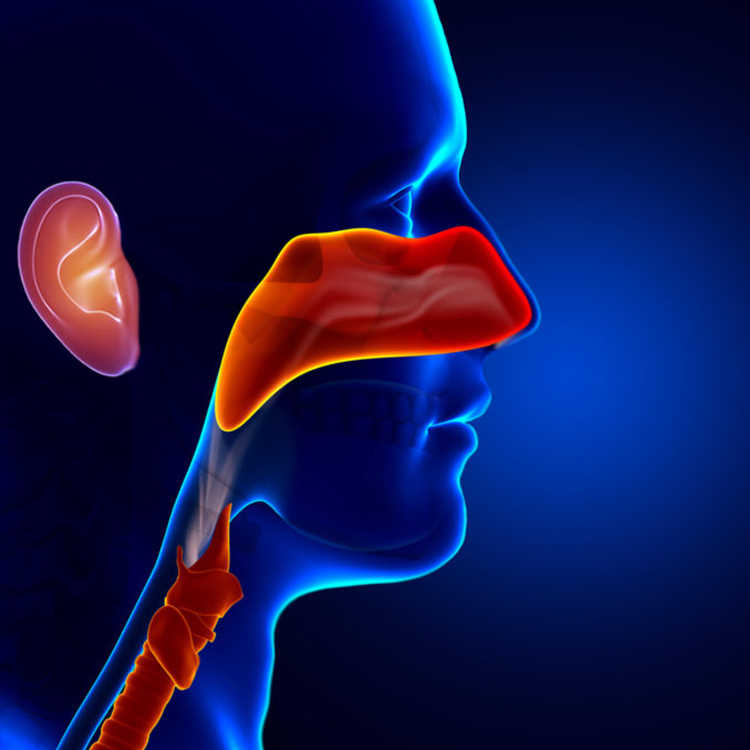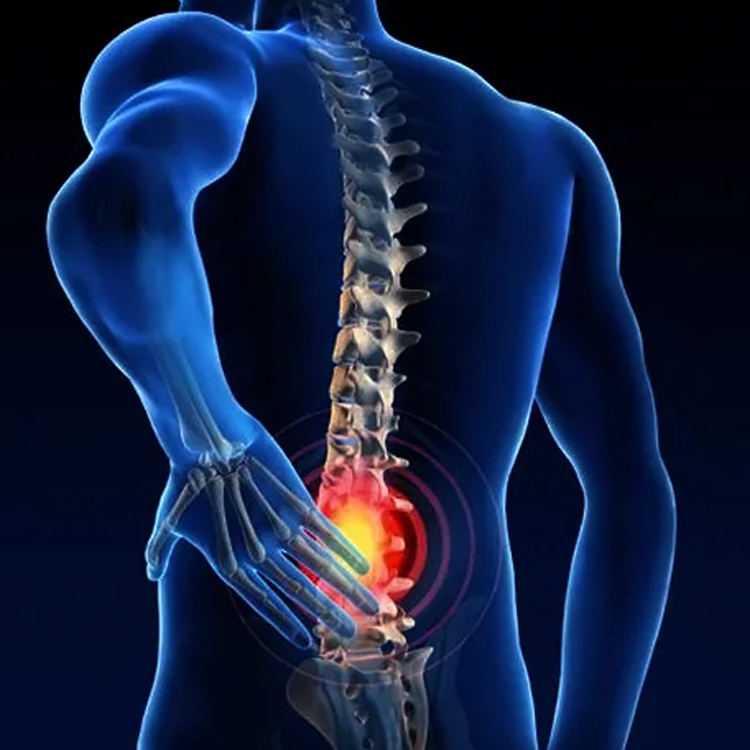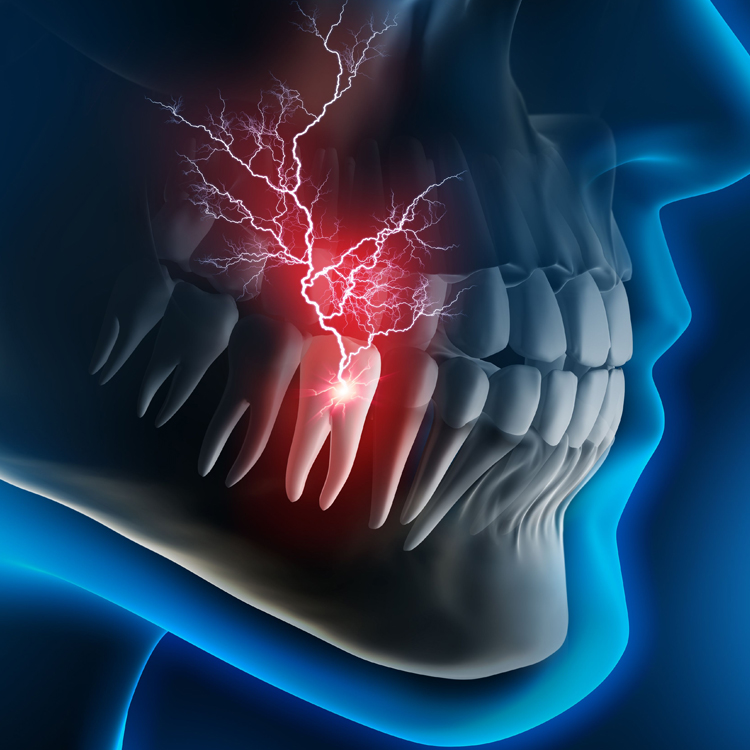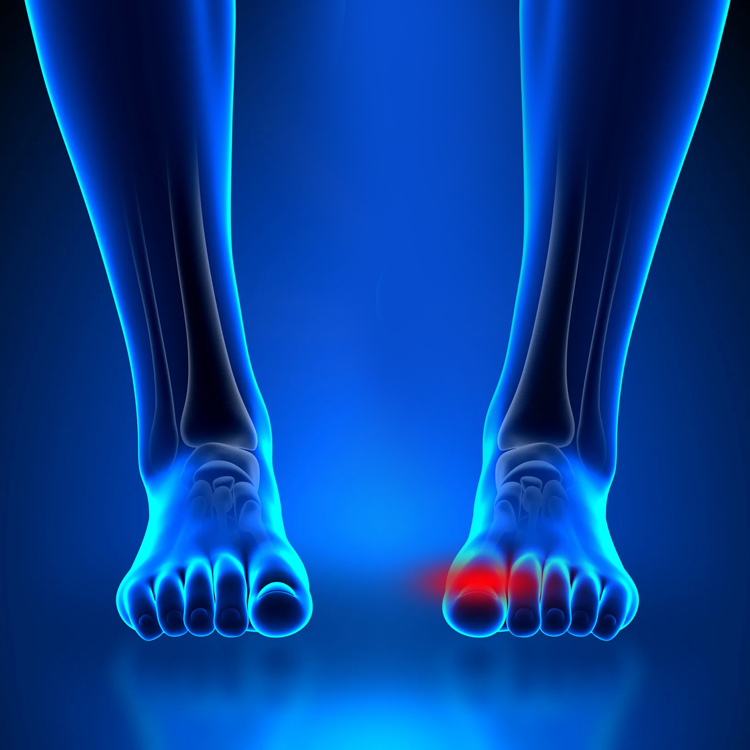Coloproctology
Precision Laser For Conditions In Proctology
In Proctology, Laser is an excellent tool for treating hemorrhoids Fistulas, Pilonidal cysts and other anal conditions that cause particularly unpleasant discomfort for the patient. Treating them with traditional methods is long, cumbersome, and often not highly effective. The use of diode lasers speeds up treatment time and gies better and longer results while minimizing side effects.
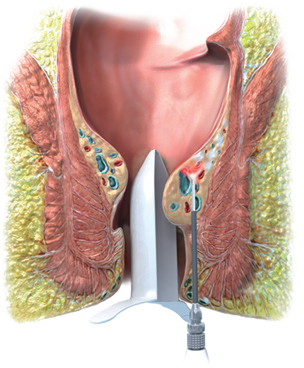
LHP (LaserHemorrhoidoPlasty) – for hemorrhoids
LHP is used for the gentle therapy of advanced hemorrhoids of 3rd or 4th degree under appropriate anesthesia and enables the endoluminal laser coagulation of both segmental and circular hemorrhoidal nodes. As the energy of the laser is inserted centrally into the hemorrhoidal node, the hemorrhoid can be treated according to its size without causing any damage to the anoderm or mucosa. No foreign materials (clamps) are needed, and LHP® is not associated with any risk of stenosis. Healing is excellent because, unlike conventional surgeries, there are no incisions or stitches.

FiLaC® (Fistula-tract Laser Closure) – for anal fistulas
In order to eliminate the fistula tract as gently as possible, the flexible, radially emitting laser fiber is inserted from the outside and positioned exactly by using the pilot beam. Defined energy is being emitted into the fistula . The epithelialized tissue is being destroyed in a controlled way and the fistula tract collapses to a very high degree. This also supports and accelerates the healing process. The inner ostium can easily be closed by direct sutures to keep tensions low in the mucous mebrane.

SiLaC (Sinus Pilonidalis treatment) – for sinus pilonidalis
The newest field of application for FiLaC® is the treatment of sinus pilonidalis, or pilonidal cysts during the so called SiLaC® treatment. Here, the laser therapie achieves excellent healing results, minimal wound surfaces, and convincing cosmetic results.
Applications and Advantages
Proctology Applications:
>Anal Fissure >Hemorrhoid >Pilonidal Sinus >Perianal Fistula
>Genital Warts >Capillary Cyst >Removal of Anodermal Folds >Anal Polyps
Laser In Proctology
>High Success Rate
>Minimal Blood Loss
>Quick Relief
>No Anal Incontinence
>Incredible Surgical Precision
>No threat of severe infection
>Maximum Preservation of sphincter muscle structures
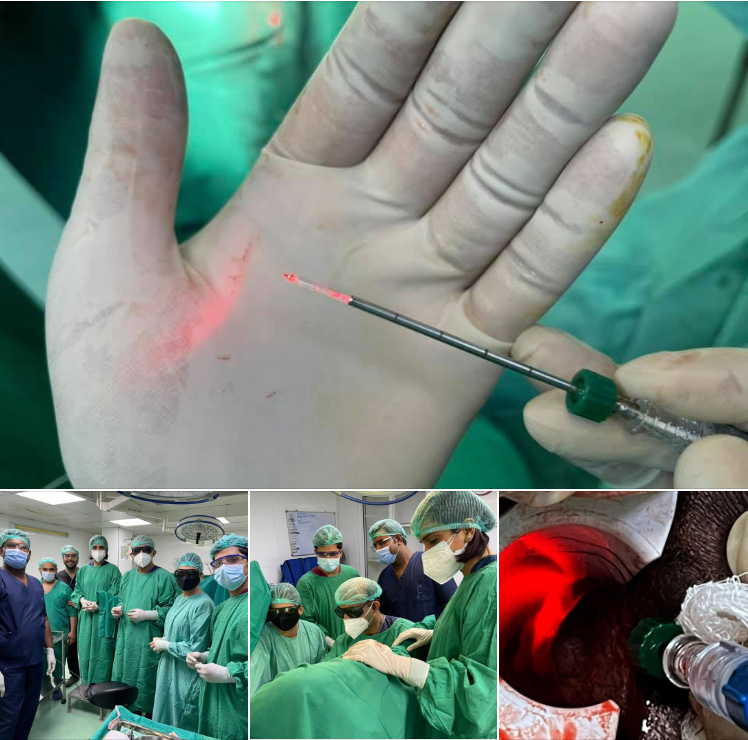
What Woos Patients To Laser
>Day Care Procedure
>Less Post Operative Pain
>Less Post OP Complications
>Ideal for any age Group
>Short-Term Anesthesia
>Quick return to daily activities
>Exellent cosmetic results


Treatment accessories
Hemorrhoid Probe(conical fiber)

/Effective laser emission into the hemorrhoidal node
/Special conical design for efficient coagulation
/Maximized stability and durability
/Combined with special designed guiding handle
Definitive treatment of 3rd and 4th degree hemorrhoids with applying controlled laser energy achieving a shrinking and fibrotization with limiting complications and preserving anoderm and the mucous membrane resulting in restoring the natural anatomical structure.
The special designed tip of fiber can be inserted into the hemorrhoid package without incision avoiding open wounds and excisions.
Fistula Probe(360 radial fiber)

/Short fiber tip for enhanced access into smaller and curved tract
/Efficient use of laser energy for optimized closure
/Precise laser marking for guidance
The Fistula Probe is specially designed to be inserted into a fistula tract or pilonidal sinus to distribute the laser energy circumferentially, directly to the epithelized tissue and 360° “ringlight” energy emission ensures homogenous photothermal destruction of the fistula tract, allowing safe closure. The dedicated laser marking allows a precise positioning of the probe within the tract.


 +8618931273229
+8618931273229 director@tazlaser.com
director@tazlaser.com 0086-18931273229
0086-18931273229


